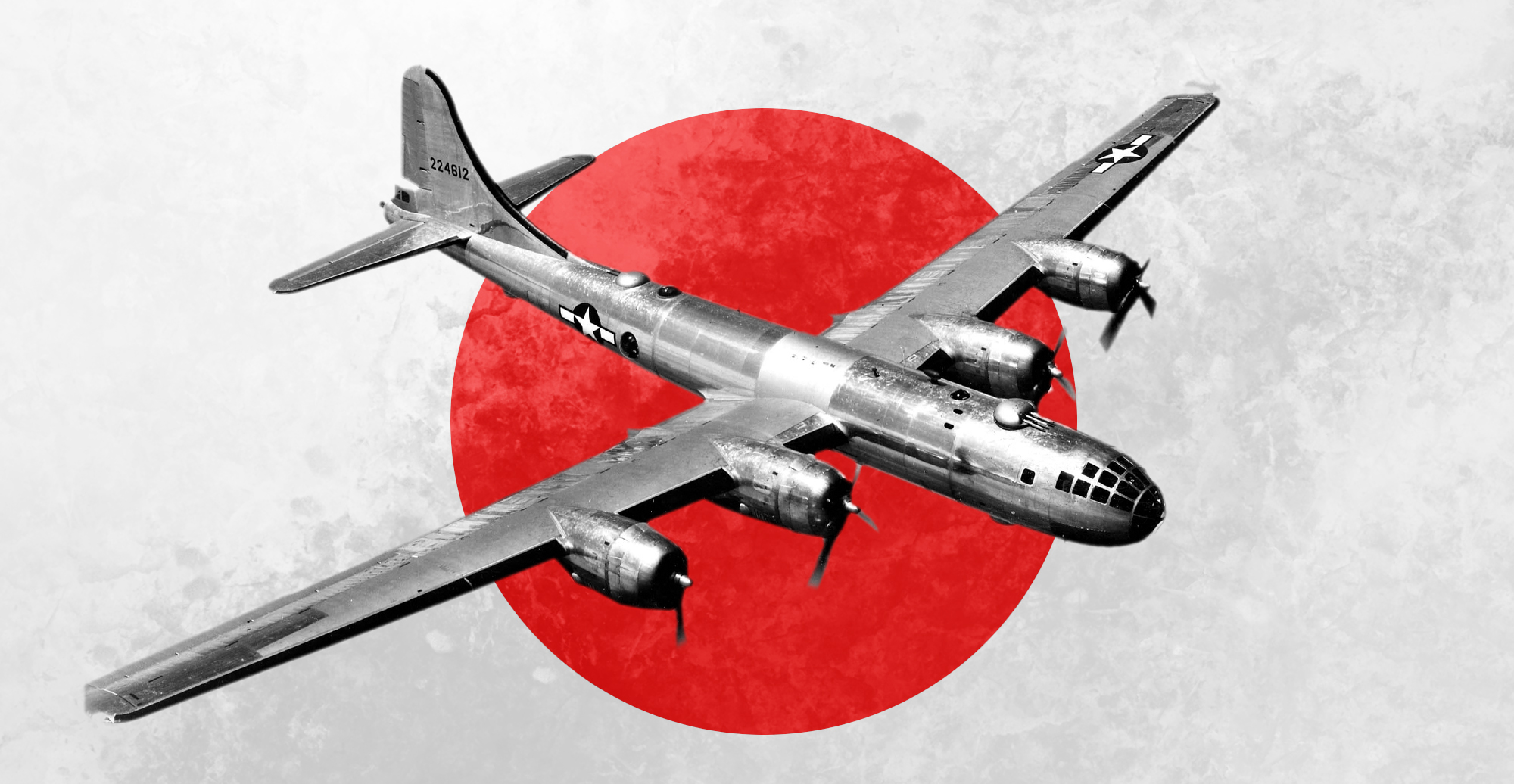Seven decades might have passed, but the colossal chaos that came on the 6th and 9th of August 1945 still haunts the memories of many.
Although most of those affected by the bombings at Hiroshima and Nagasaki must have been just infants at the time, for over 70 years they have been forced to live with the after-effects of that dreadful experience.
However, documents that were highlighted on the 70th anniversary of Hiroshima and Nagasaki’s tragedy provide evidence that the Empire of Japan would have been at risk of more bombing runs if they had not surrendered.
Following the official capitulation of Nazi Germany and the subsequent close of the European theater, WWII came to its final stage.
In contrast, in the Pacific theatre, the war was pretty much alive as Japan appeared to reject capitulation at any cost.
As the Allies continued to press into the Japanese Empire, the Japanese felt the brunt of it. Although their defeat was already apparent, still they wouldn’t yield.
However, on the 6th of August 1945, Little Boy entered the war, its target: the unfortunate city of Hiroshima.
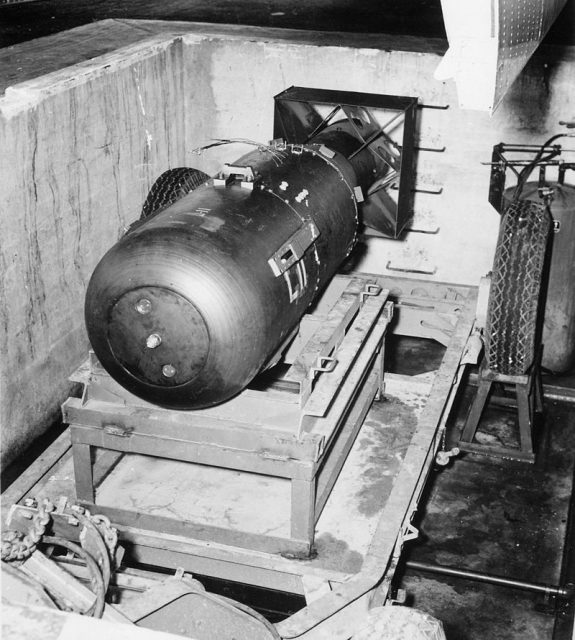
On that day, Little Boy became the first nuclear weapon to be used in the history of warfare.
That morning, the B-29 Bomber Enola Gay, piloted by Colonel Paul W. Tibbets, released the 140 lb Uranium bomb from 31,000 feet (9,449 meters) above Hiroshima.
As the bomb came to about 1,900 feet (579 meters) above Hiroshima, it detonated with an energy equivalent to 15 kilotons of TNT.
The sound was deafening, and the sky was lit up by flashes of blinding light.
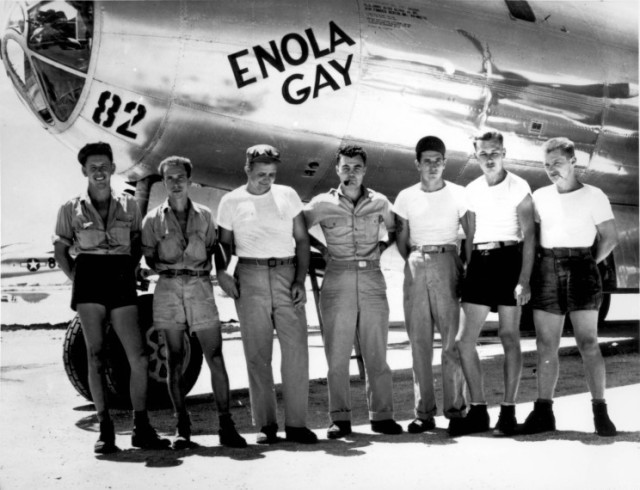
A thick pillar of blazing smoke billowed into the gathering dawn as chaos spread rapidly. Just minutes after the detonation, Hiroshima was buried deep beneath ruins.
Nearly 80,000 people were killed instantly.
The incident was so terrifyingly astonishing that the bomber crews found themselves simply staring at the havoc that unrolled several hundred feet beneath them.
However, as colossal as the Hiroshima incident was, Japan still refused to capitulate. As a result, three days later, Nagasaki would face an even more deadly event.
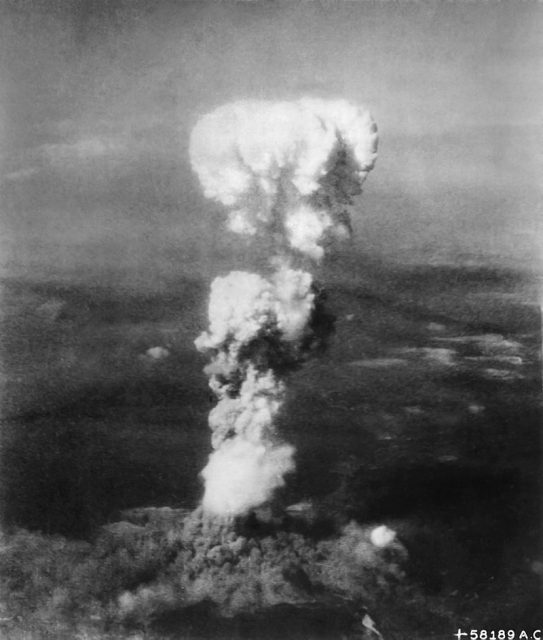
A larger plutonium-based bomb codenamed Fat Man was dropped over Nagasaki on the 9th of August 1945, devastating the city and killing over 75,000 people.
This death toll included civilians, Japanese soldiers, and Allied Prisoners of War, among whom was British pilot Corporal Ronald Shaw.
Fat Man had a blast yield of 21 kilotons of TNT and was considerably more deadly than Little Boy.
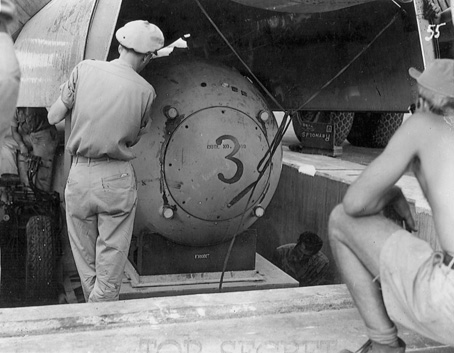
With the cities flattened and the areas around them forming an abyss of chaos, Japan’s emperor, Hirohito, decided to take the final step to end the war.
On the 14th of August, despite dissent from members of Japan’s war council, Hirohito recorded a capitulation announcement, declaring Japan’s acceptance of the Potsdam declaration.
On the 15th of August, Japan’s surrender became official. This would ultimately bring the Second World War to its long-awaited end.
It has been alleged that the bombing of Hiroshima and Nagasaki sprung from an instance of misinterpretation.
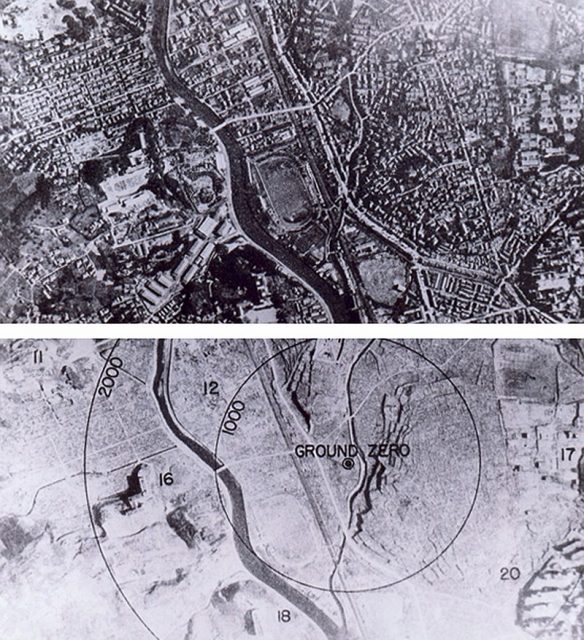
The Potsdam declaration was declared on July 26th, 1945. At that time, the Allies gave an ultimatum: either Japan would unconditionally surrender or else “prompt and utter destruction” would result.
After a series of heated debate within the Japanese council, it was agreed that no response would be given right away.
In addition, the Japanese government had requested assistance from the Soviet Union. They hoped that the Soviets would mediate negotiations with the Allies towards revisions of the terms stipulated in the Potsdam Declaration.
As a result, the Japanese council did not give a timely response.
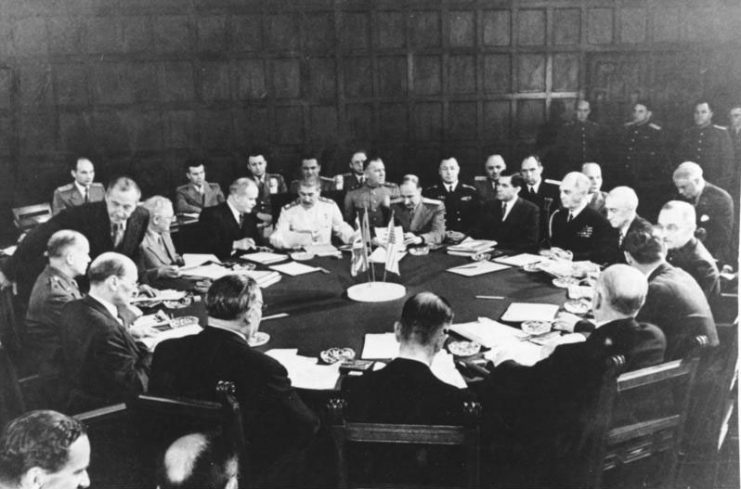
A statement from Japan’s Prime Minister Kantarō Suzuki described Japan’s reaction to the declaration as mokusatsu—which translates to “killing with silence.”
This was interpreted by the Allies as “rejection by snubbing,” and thus set them on a path that led to the bombings.
Some historians argue that Suzuki had meant that the Japanese government were “yet to release a definitive comment” and were not snubbing the Potsdam Declaration.
Whatever the background, it is now clear that Nagasaki would not have been the last city to be bombed if Japan had hesitated any longer.
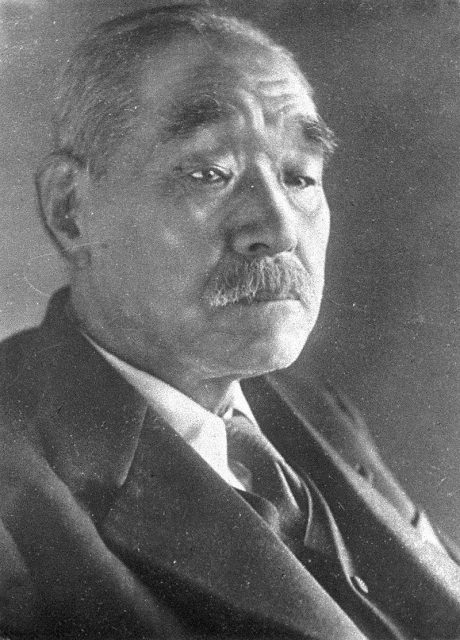
According to information from London-American military archives, Japan would have suffered a third and possibly more devastating nuclear bombing by August 19th.
Furthermore, this would have been followed by an apocalyptic train of nuclear attacks which would have left the entirety of Japan in shambles.
During the few days of silence after Nagasaki had been struck, reports came in stating that, despite having suffered two nuclear attacks, the Japanese were determined to fight until the last of them crumbled to the ground.
Every 15 minutes after Hiroshima, a broadcast was released from the 50,000-watt AM station in Allied-held Saipan. The transmission talked about Hiroshima’s fate and stated that more Japanese cities would suffer a worse fate if the Japanese government continued to delay acceptance of the Potsdam declaration.
This was a clear indication that Hiroshima and Nagasaki would only have been the beginning.
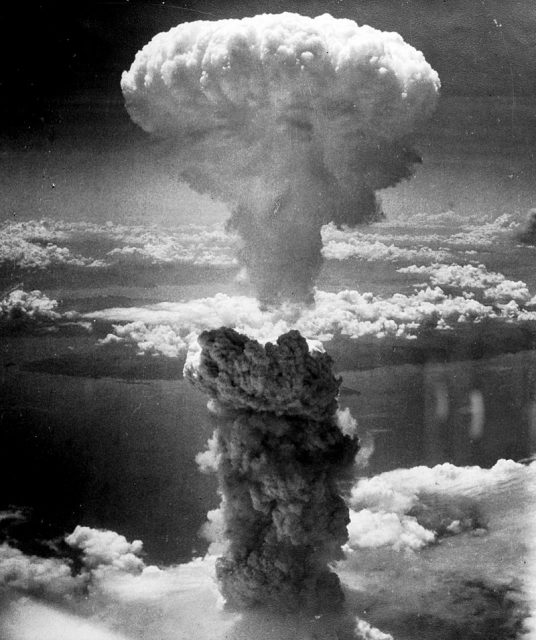
With Operation Downfall in view, the Allied Target committee members mapped out cities such as Kyoto, Yokohama, Kokura, Niigata, and Tokyo as potential sites.
Evidence from the military archives showed that two more bombs just like Fat Man had already been set to move from Kirtland Field to Tinian on August 11th and 14th. During this period, technicians at Los Alamos strived to cast another plutonium core.
One bomb found in Tinian had the words “Tokyo Joe” chalked on its casing. However, it was said to be meant for Kokura. Kokura had been the original target of the first Fat Man but had been spared due to unfavorable atmospheric conditions.
Details of a “third shot” at Japan came through a transcript of a top-level call that took place on the 13th of August between two military experts.
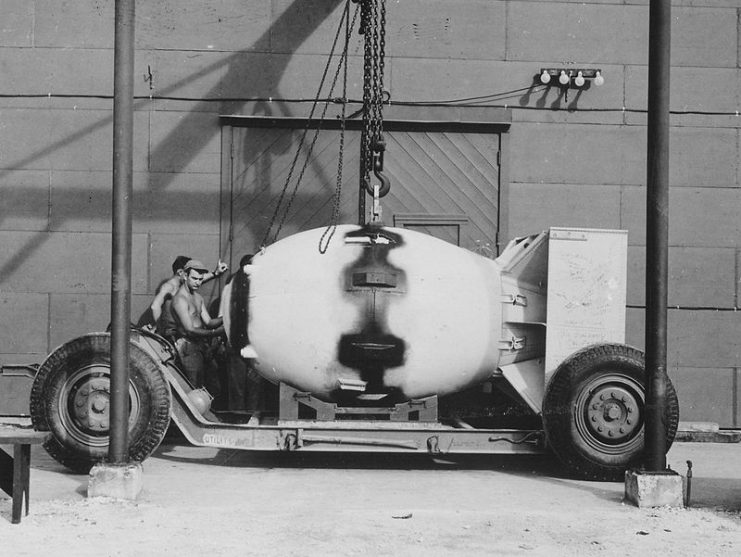
Read another story from us: The End of the Rising Sun – The Japanese Surrender in Color
There was also a confirmation of the production of some 12 other atomic bombs being prepared for a barrage of nuclear strikes on selected sites.
The third bombing raid was meant to occur on August 19th, with the rest of the nuclear strikes running through September and October.
However, the Japanese government officially capitulated on the 15th, saving Japan from utter destruction.
